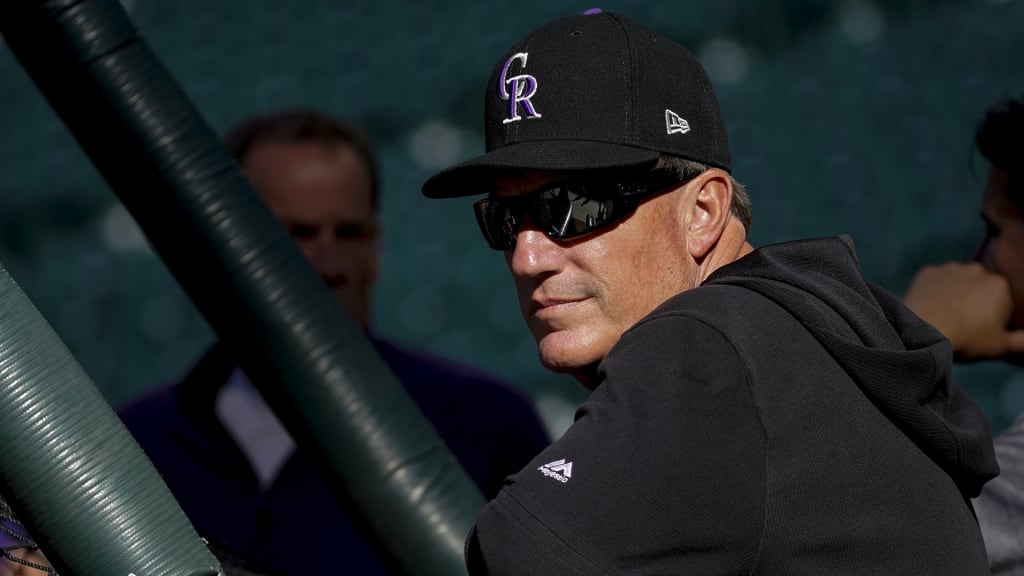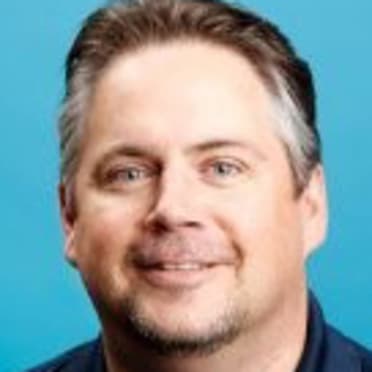
SAN DIEGO -- Dave Magadan is in his 17th consecutive season as a Major League hitting coach, making him No. 1 in longevity in a key job that requires expertise in the mechanics of hitting, communicating analytics in a useful way and serving as a de facto counselor to the batters.
The role has evolved since Magadan joined the Padres’ Major League coaching staff in 2003. As he nears completion of his first season as the Rockies’ hitting coach, he took time Sunday to discuss the position and the players he coaches.
MLB.com: You’ve now been a Major League hitting coach for one season more than you were a Major League player. Ever ponder that?
Magadan: Only when somebody asks me about it. Yeah, it’s been a crazy ride, for sure. That’s a long period of time.
MLB.com: Now 37 professional seasons in, including your Minor League time, what new wrinkles has the game thrown at you this season?
Magadan: Certainly, the analytical stuff, you use that more. I had dinner the other night with our video guy when I was here in San Diego, Mike Tompkins, and we were talking about how back then we had no advance scouts. We did all our advance scouting -- the hitting coach and the pitching coach. Mike would make me a DVD of the pitchers of the team we were going to face, and I would go home and watch and write a report. It’s changed a bit. I still do that -- look at the pitchers and write a report -- but we do get a lot of help from advance scouting and the analytics department, little tidbits that might help us in a series.
MLB.com: You’ve coached in some extreme ballparks -- Petco Park when it first opened and now Coors Field. In what ways have you had to adapt to coaching at Coors Field?
Magadan: It’s like, “Oh, you’re the hitting coach at Coors? All you have to do is throw the bats and the balls out there and you’re going to score 15 runs.” We all know you still have to get your work done. A big thing is the transition for going from altitude to coming here in San Diego, for example; L.A., San Francisco, all the parts of the country and the ballparks where there’s more humidity.
The players seem to think that the ball breaks differently. There’s different action on the pitches. There’s what it does to your body. When we go through a homestand, I’m exhausted, and I’m a coach. I’m not really doing much. The players are out there for four-hour games at altitude, dealing with that. It beats your body up pretty good.
MLB.com: Nolan Arenado said he hits more breaking balls off a machine to start a road trip.
Magadan: We started doing that beginning in the second half to get the machine to try to mimic the breaking ball of the pitcher that night, just to get players used to the break and how it looks when there is humidity and you’re not at altitude. I think it’s helped. It didn’t help much [Saturday] night, but our numbers are better on the road in the second half. That’s something we’ll continue to do.
MLB.com: The way the game is played now, with all the home runs, would there be room for Dave Magadan the player?
Magadan: Probably not. Although, those swing-change guys who have turned their games around -- like Tommy La Stella, Max Muncy -- it seems like the baseline for those guys is good bat-to-ball skills, make contact, know the strike zone. That pretty much described me. I never had a hitting coach say, “Hey, try this to try to get the ball in the air more.” I just did what I did. I might have been one of those players targeted for a swing change. I probably would have resisted, though, as stubborn as I was.
MLB.com: Given the importance of analytics and how they shape philosophy, do you coach differently than you did 15 years ago?
Magadan: Yes, I coach differently now. I was more by the seat of my pants back then. And I said exactly what was on my mind. I didn’t care if I hurt anybody’s feelings. I was pretty direct. I try to still be honest. But I think you have to have a little better feel, a better understanding of where guys are coming from.
There’s a lot of negativity in the game, as it is. There’s no need, as a coach, to be harping on the negative. So I try to be more positive. You have to coach from a different angle now.
MLB.com: Which Rockies batter controls the strike zone best?
Magadan: I think Ryan McMahon has a chance to be that guy. He’s got a pretty good idea of the strike zone. He’s leading our team in walks right now. As he gets older and gets a better idea of himself, I think the strikeouts will come down and the walks will continue to go up.
Daniel Murphy has a pretty good idea of the strike zone. He swings at the pitches he wants to swing at. Charlie Blackmon, he’s not a guy who walks a lot, but he knows the zone. He’s more aggressive. If he sees a pitch that he wants first pitch, he’ll swing at it. He’s not up there necessarily to work the count.
MLB.com: Who knows his swing the best?
Magadan: Charlie. We have a lot of guys like that. Nolan and Trevor [Story], they do a good job of understanding what they need to do at the plate to be successful. But Charlie, more than anybody, is a 24/7 guy. He’s in there first in the video room. He just knows his swing. And his swing is very simple, too. That makes it easier for him, and for me, because there are not a lot of moving parts.
MLB.com: Who’s the most coachable?
Magadan: Probably those three guys -- Nolan, Trevor and Charlie. But anybody is easy to coach who knows his own swing. It’s very hard to talk about a guy’s swing if they don’t even know it.
MLB.com: Who can cover all four quadrants and different types of pitches the best -- who has the most range as a hitter?
Magadan: Charlie and Nolan. Charlie does a really good job of understanding guys who spin the ball and throw up in the zone. He can modify his swing and try to get more on top of the ball. He’s the best on our team at doing what he needs to do to make hard contact in that particular game. Nolan, he has tremendous plate coverage -- even off-the-plate coverage, sometimes to a fault, where he thinks he can hit anything. But he has a knack for being able to go outside the strike zone and still get base hits.
MLB.com: Who has made the most progress this year as a hitter?
Magadan: Ryan McMahon has established himself as an everyday Major Leaguer this year. He’s got much further to go because he has a very high ceiling. He probably has more raw power than anybody on our team. He’s got 20 [homers], but I think he has 40 in him. He made progress as far as finding his way as an everyday player.
David Dahl, he’s an All-Star and established himself as an everyday player. He’s got to get over that hurdle of staying healthy -- just some freak injuries. Once he gets past that, he’ll continue to be an All-Star.
